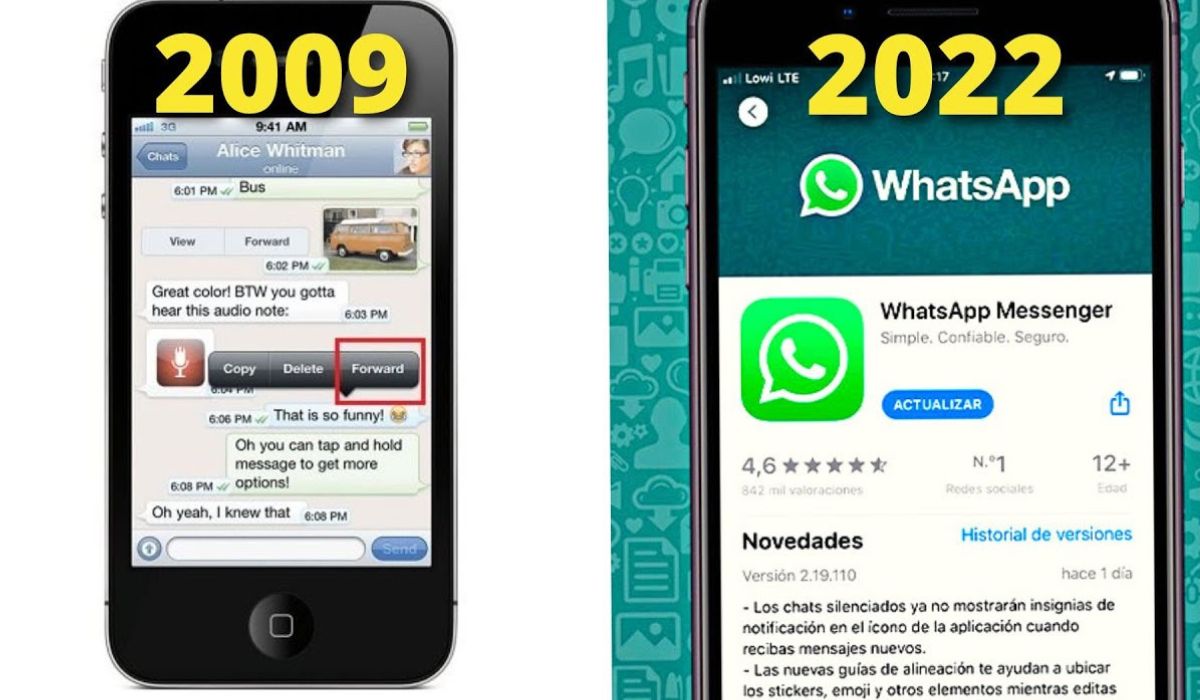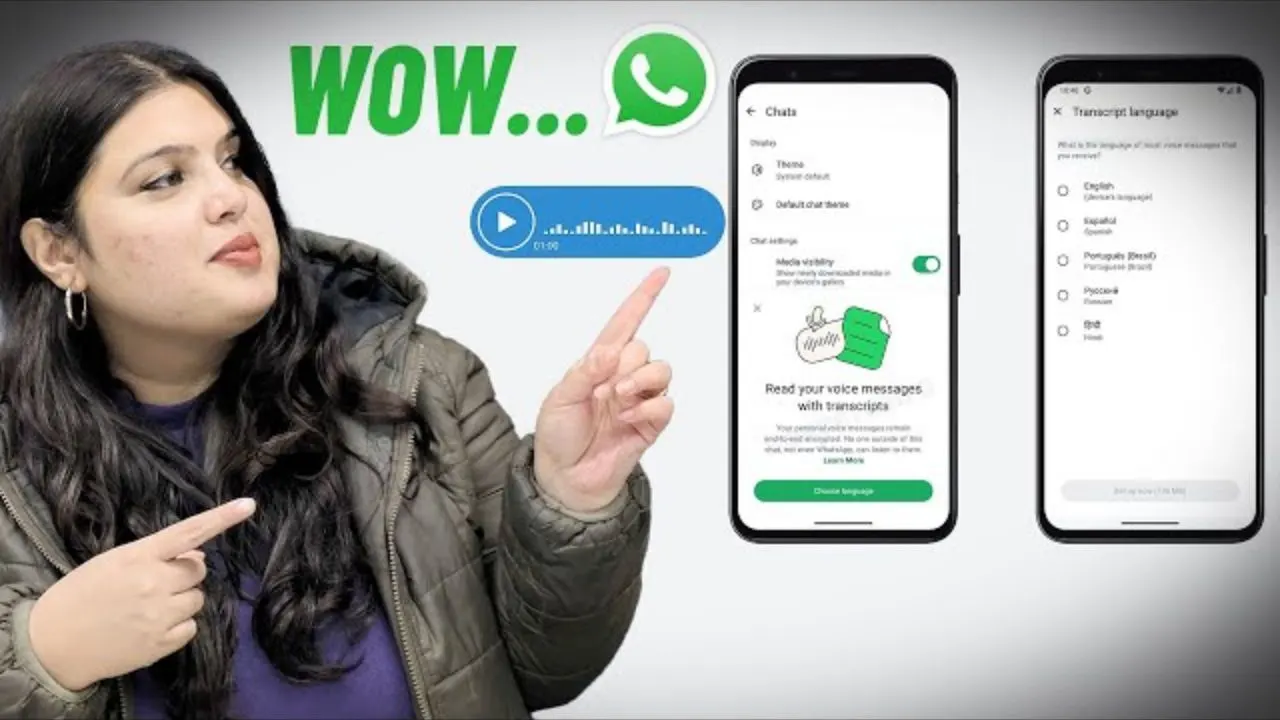When WhatsApp first launched in 2009, it was a simple, lightweight messaging app with one goal: help people send instant messages without paying for SMS.
Fast forward to today, and WhatsApp has transformed into a powerful platform that goes far beyond just chatting — it’s edging closer to becoming what many call a super app.
But how did this happen? And where is it headed next? Let’s break it down.
A Quick Look Back: Humble Beginnings
WhatsApp was created by two ex-Yahoo engineers, Brian Acton and Jan Koum, who wanted to create a better way to communicate across the globe.
- 2009–2010: WhatsApp starts as a status update tool (like “I’m busy,” “At the gym”) but quickly pivots to messaging after seeing how users adopt the app to send quick pings.
- 2011–2013: WhatsApp takes off worldwide, especially in countries where SMS fees are high. It becomes the go-to app for affordable, international communication.
By 2014, Facebook acquires WhatsApp for a staggering $19 billion, recognizing its potential reach and power.
What Made WhatsApp So Popular?
✅ Simple, clean interface — no ads, no clutter.
✅ End-to-end encryption (introduced in 2016) — a big privacy win.
✅ Cross-platform reach — works on iOS, Android, web, and desktop.
✅ Low data usage — perfect for users in emerging markets.
These factors built massive trust and user loyalty, setting the foundation for WhatsApp’s expansion.
The Expansion Phase: Beyond Texting
Over the years, WhatsApp gradually added features, carefully avoiding the bloat that can make apps clunky. Some key milestones:
- Voice and Video Calls (2015–2016) — making it a full-fledged communication platform.
- WhatsApp Web/Desktop (2015) — letting people sync chats across devices.
- Status Updates (2017) — copying Snapchat’s story feature for ephemeral posts.
- Group Features (admin controls, broadcast lists, reactions) — making group communication smoother.
These updates transformed WhatsApp from “just a messenger” into a versatile communication hub.
WhatsApp Business: Unlocking the Commercial Side
In 2018, WhatsApp launched WhatsApp Business — a dedicated app for small businesses to:
- Create catalogs of products and services.
- Automate greetings, away messages, and FAQs.
- Connect directly with customers for orders and support.
This opened the door for commerce, and larger enterprises soon joined using the WhatsApp Business API.
In markets like India and Brazil, where people rely heavily on WhatsApp for daily life, many businesses operate almost entirely through the app, handling everything from customer service to payments.
Payments and Beyond: The Super App Play
A major step came when WhatsApp introduced in-app payments in India and Brazil, allowing users to send money or pay businesses directly. This taps into a much larger vision:
✅ Messaging + Payments + Commerce + Customer Service = a self-contained ecosystem.
This mirrors the super app model seen in Asia with apps like WeChat in China or Paytm in India, where one app can handle messaging, shopping, payments, and more.
While WhatsApp hasn’t reached WeChat levels yet, the groundwork is being laid.
Recent Innovations: Channels, Communities, and AI
In the past year, WhatsApp has been experimenting with:
- Channels — one-way broadcasts for influencers, news outlets, and creators to share updates with followers.
- Communities — grouping related chats under an umbrella (e.g., school groups, neighborhood updates).
- AI-powered tools — Meta’s push into AI assistants could bring smart bots and automated services into WhatsApp.
These features position WhatsApp as not just a personal tool, but a public platform — for brands, creators, and entire communities.
Challenges on the Path to Becoming a Super App
Despite its growth, WhatsApp faces some hurdles:
⚠️ Privacy vs. Monetization — Balancing encryption and user trust with Meta’s need to generate revenue.
⚠️ Regulatory pressure — Governments scrutinize messaging platforms over misinformation, encryption, and competition.
⚠️ User expectations — Many users love WhatsApp because it’s simple. Adding too many features risks alienating its base.
What’s Next?
If WhatsApp continues on this trajectory, we might soon see:
- Integrated shopping — browsing and buying directly inside chats.
- Advanced AI assistants — helping users book flights, order food, or manage tasks.
- More creator tools — monetization options for influencers and content makers.
The question is: can WhatsApp scale up without losing the simplicity and trust that made it popular?
Final Thoughts
WhatsApp has come a long way from a basic messenger. With business tools, payments, and public channels, it’s edging toward becoming a super app — a one-stop platform for communication, commerce, and connection.
But whether it fully reaches that level depends on how well it can balance innovation with user needs. Either way, WhatsApp’s journey offers a fascinating look at how digital platforms evolve — and how they shape the way we connect.




